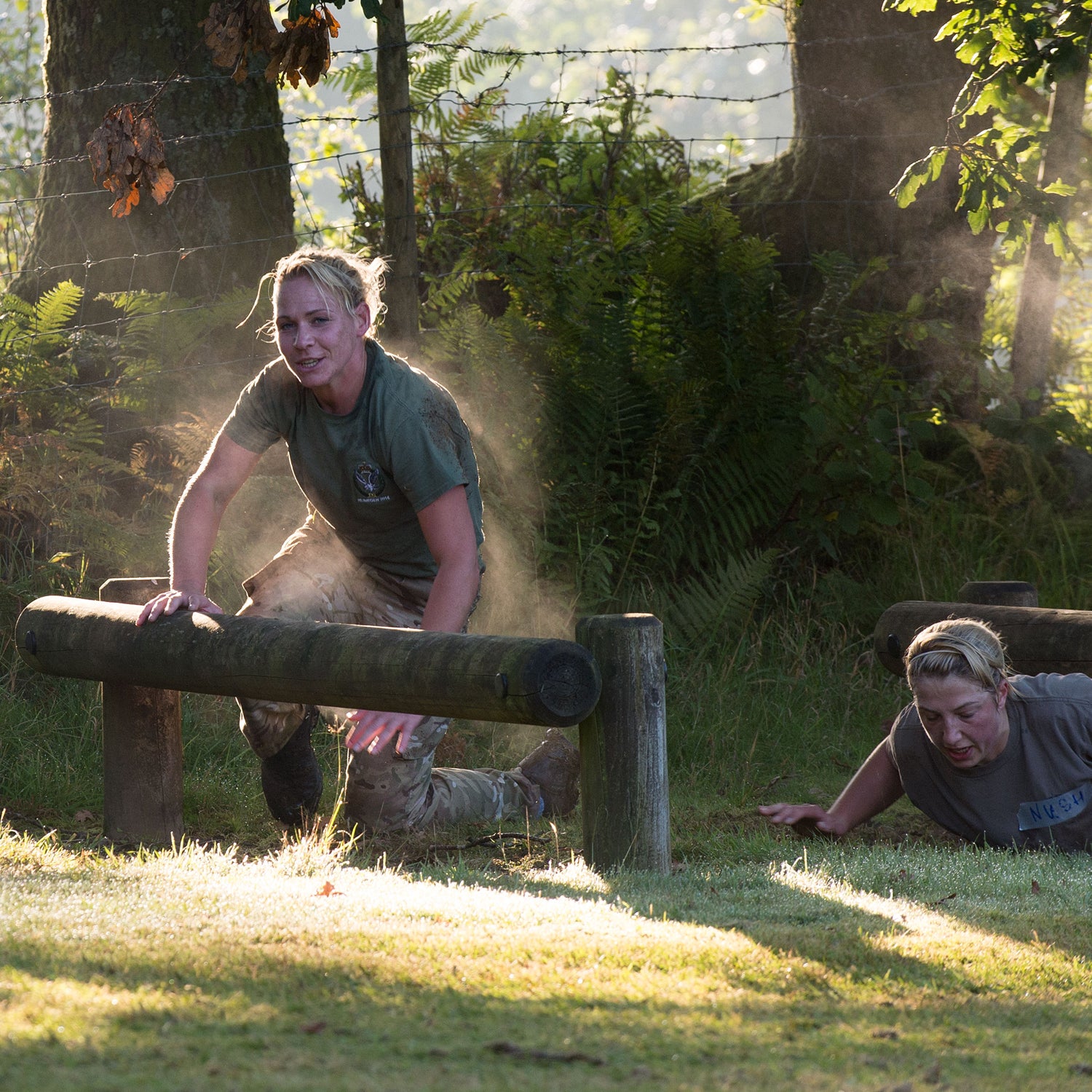Since the early 1900s, when Roald Amundsen and Robert Falcon Scott raced to the South Pole for the first time, the field of polar explorers has been dominated by men. But a group of women from the United Kingdom is aiming to change that, with an expedition they’re calling the .��
The project, which has been in the works for over a decade, is being led by two officers of the British Army, Major Natalie Taylor, and Captain Nicola Wetherill. “I always wanted it to be an all-female team because women are so underrepresented in expeditions,” Wetherill says. “We wanted to make it not just about crossing Antarctica, but also about inspiring more women to challenge themselves.”
This trip will put Wetherill, Taylor, and their team out on their own in one of the harshest places on earth. The groups is planning their departure for October 2017 and they will attempt to chart a course from Leverett Glacier, to the South Pole, to Hercules Inlet.��Over the course of their estimated 75-day, 1,000 mile trip, they will encounter winds of 40-to-50 miles per hour or more and temperatures down to -40 degrees. “It’s a high consequence place,” Taylor says. “If the wind blows, then your glove is gone, then your hand is gone.”
“I always wanted it to be an all-female team because women are so underrepresented in expeditions,” Nicola Wetherill says.
Louis Rudd, a British explorer and UK Army Reservist who made a successful journey to the South Pole in 2011, says Taylor and Wetherill are on the right track. “I think it's a great endeavor and I wholeheartedly support anyone looking to try a polar journey,” Rudd says. “It’s ambitious for a first journey in Antarctica, but they are preparing well and have chosen the sensible option of taking resupplies so that they can travel lighter.”
In addition to breaking down gender barriers, the Exercise Ice Maiden team also hopes to generate valuable scientific data from the journey.��
There’s not a large body of evidence on female physiology and endurance in polar environments. Taylor, a doctor and a regimental medical officer in the Army, and Wetherill, a general practitioner trainee, will gather the evidence and share it with yet-to-be-disclosed research institutions. They plan to conduct psychological interviews before, during, and after the expedition to see what drives the participants, since “it’s not everyone’s cup of tea to be cold and miserable and tired for three months,” Taylor says. They will also weigh themselves before and after the trip, track body composition along the way, and possibly take blood and urine samples for more detailed metabolic work. One of the questions the expedition could answer is whether or not women’s higher body fat percentage works as an advantage to endurance in the extreme cold.
Moving forward, Taylor and Wetherill’s biggest weakness in organizing the trip will likely be their lack of polar experience. However, Rudd at least still thinks they have good a shot. “They have given themselves a reasonable chance of success by preparing thoroughly with all their build up training,” he says. And while they haven’t been to Antarctica before, they both come from strong athletic backgrounds. Wetherill has raced competitively in Nordic skiing for the British military, and also is in the midst of training for an Ironman. Taylor also comes from a strong Nordic skiing and adventure racing background, and last March won the Likeys 6633 Arctic Ultra, a 350-mile footrace through the Arctic Circle in Canada. Perhaps most of all, the two bring a sense of optimism. During the 6633 race, for example, Taylor had limited distance vision because she didn’t want to have to change out her contacts and was worried about her glasses fogging up. So on a seemingly long and endless stretch of road, she managed to just tune out the world and keep going. “I think the penultimate day was the hardest day,” she says. “I had a massive case of sense of humor failure. But then I just sang a lot of Disney songs to keep myself going.”
It will take a lot more Disney songs to get through a 75-day trip in Antarctica. But Taylor and Wetherill appear game and excited, nonetheless. “We’re going to get injuries, we’re going to get blisters,” Wetherill said. “But then the next day, you just get up and do it again.”


